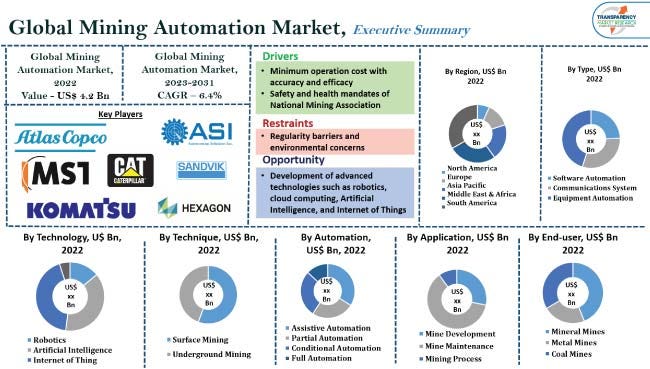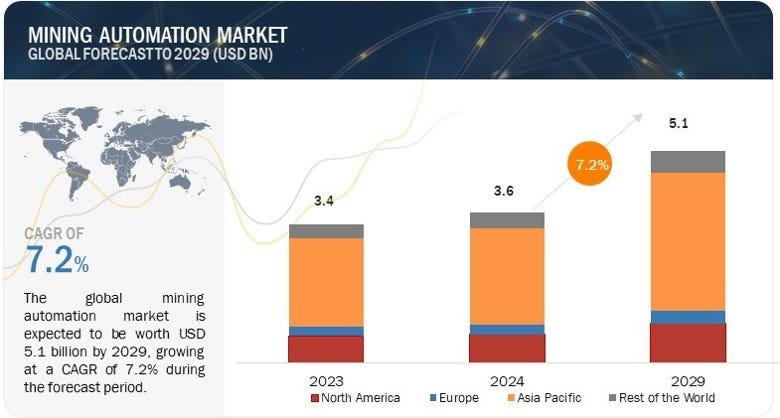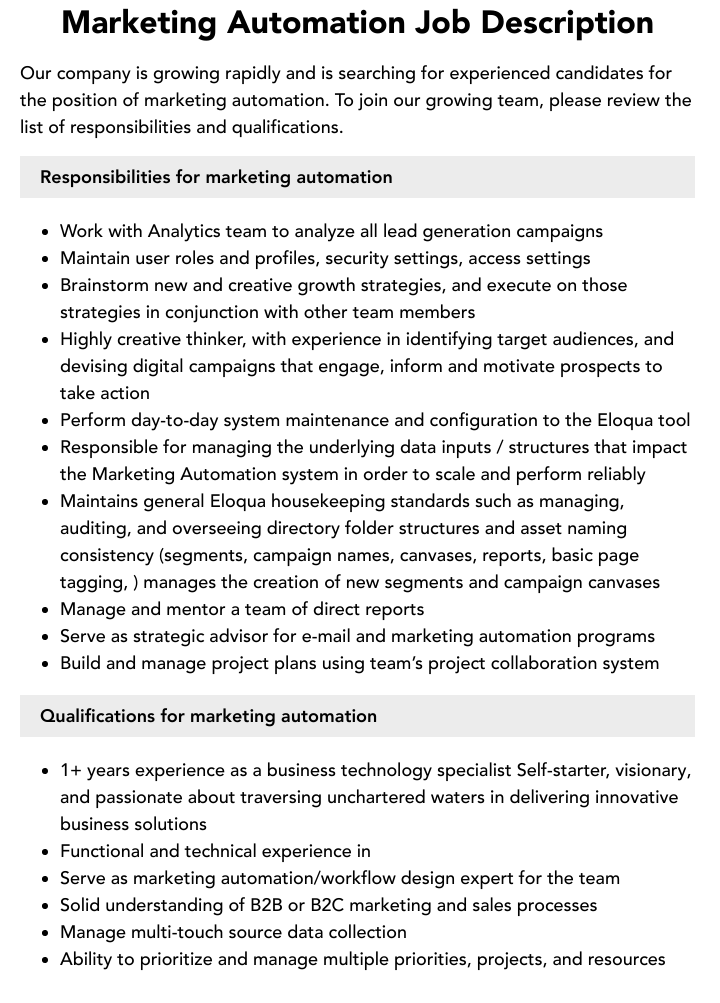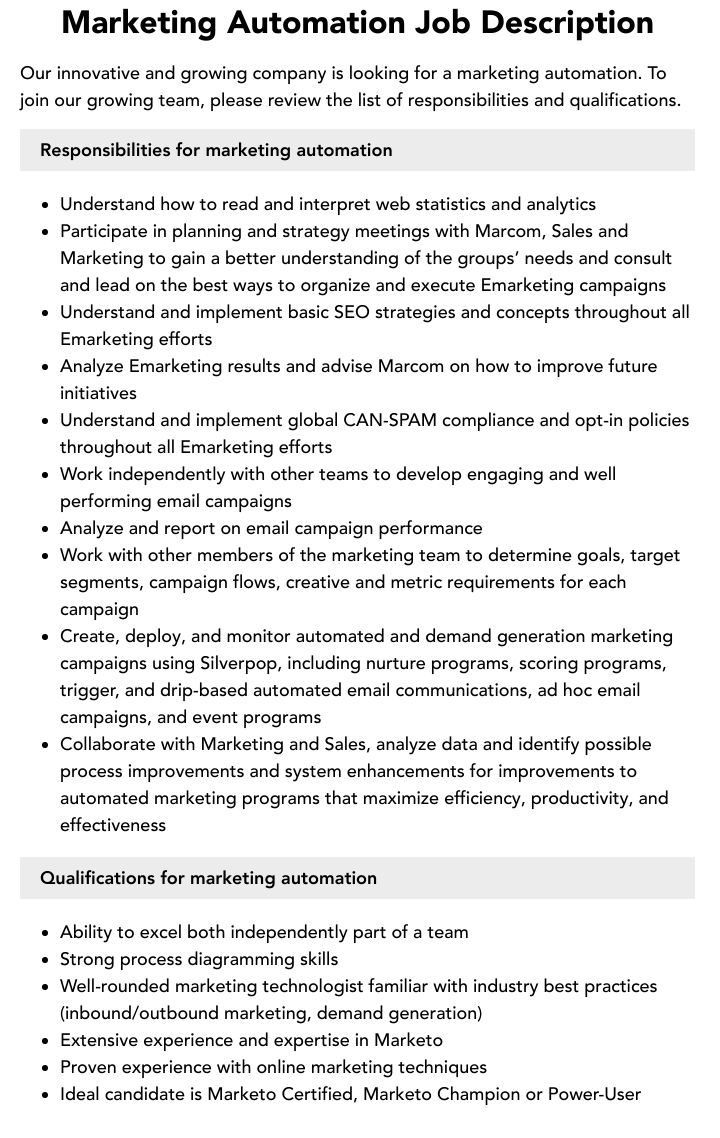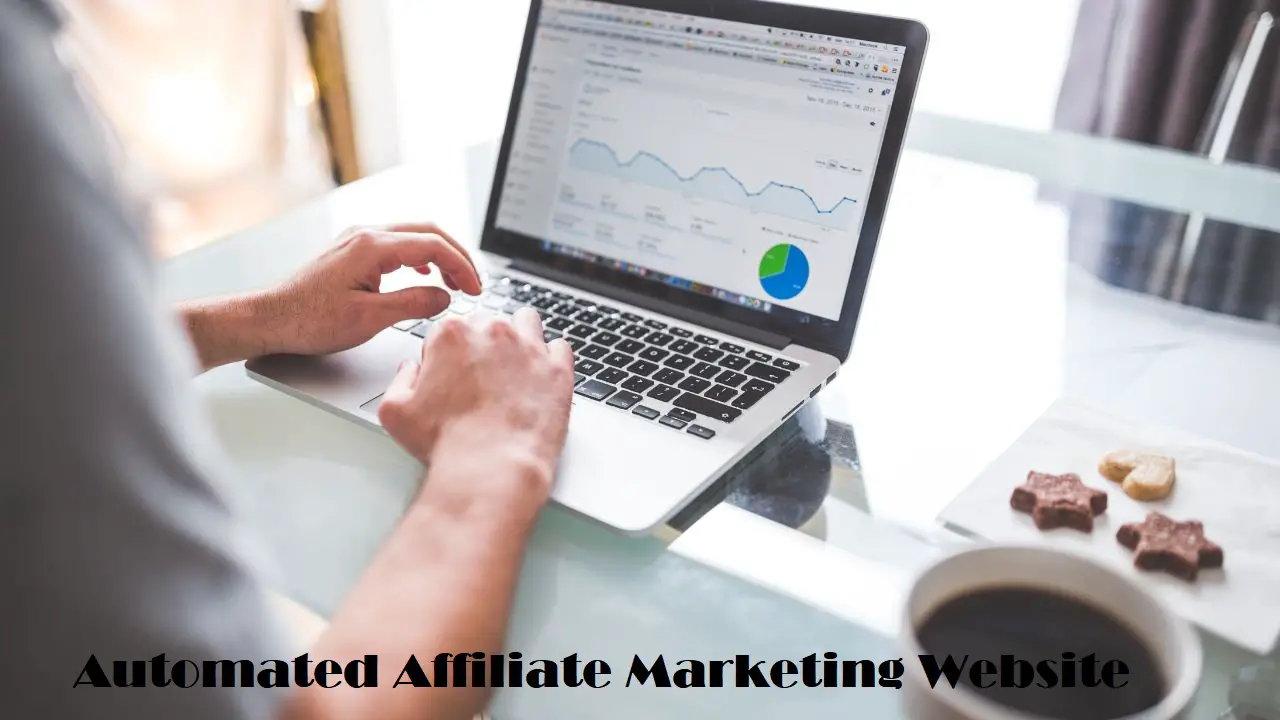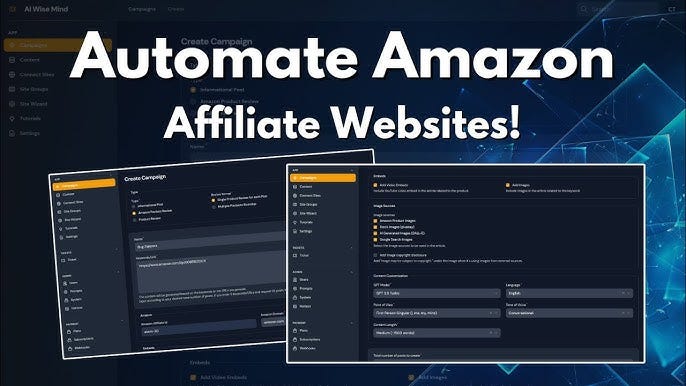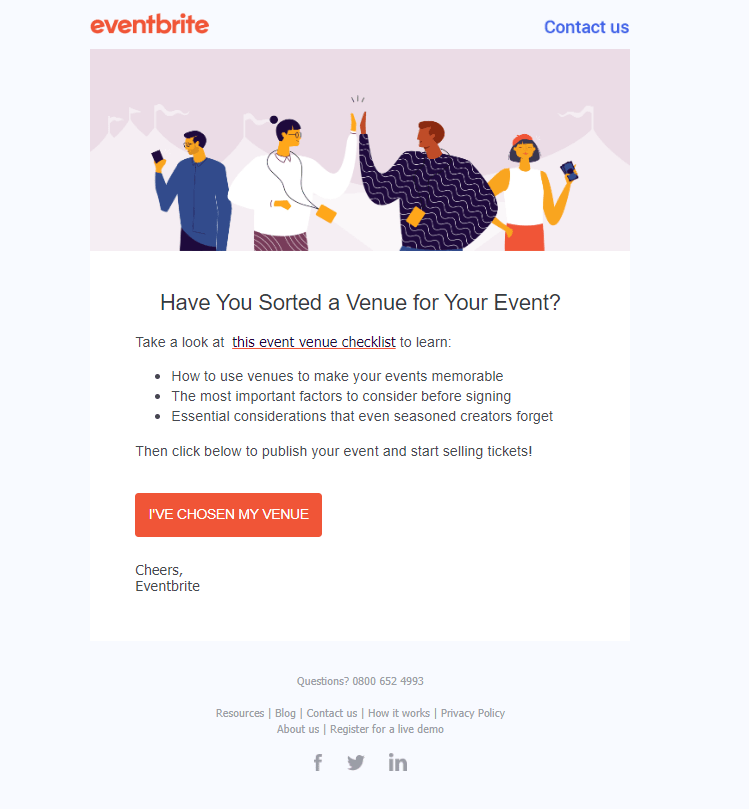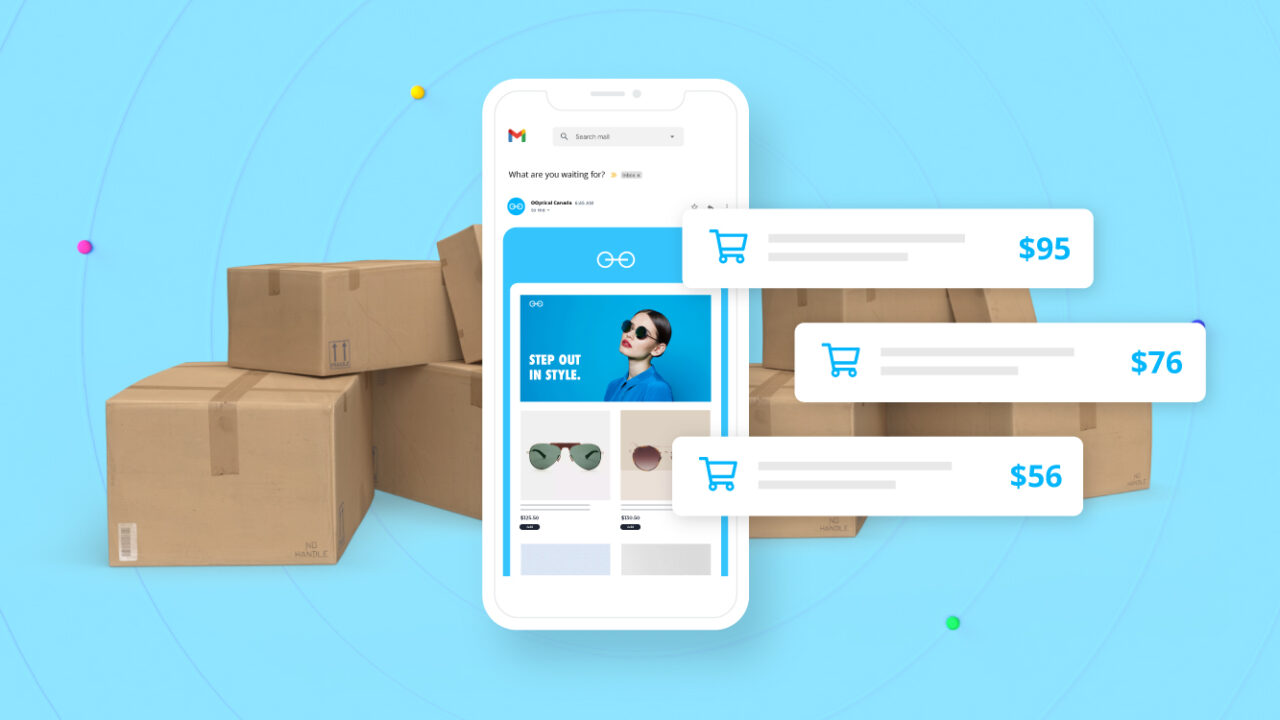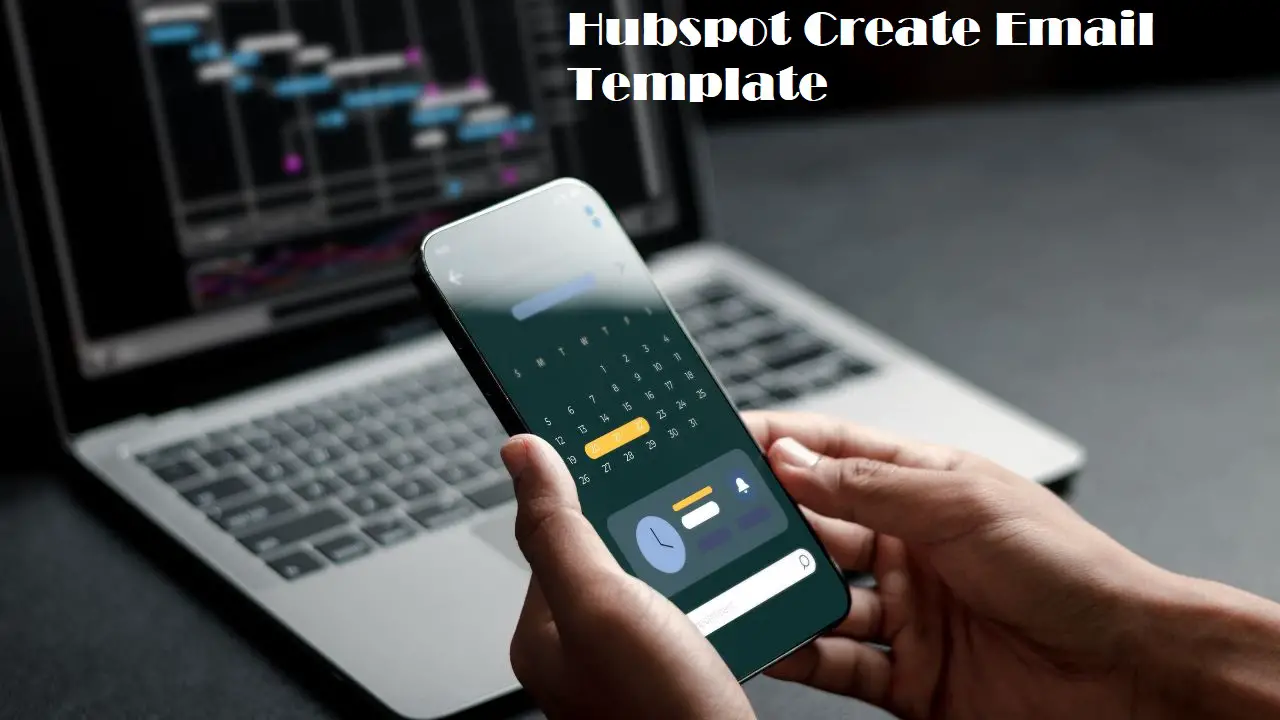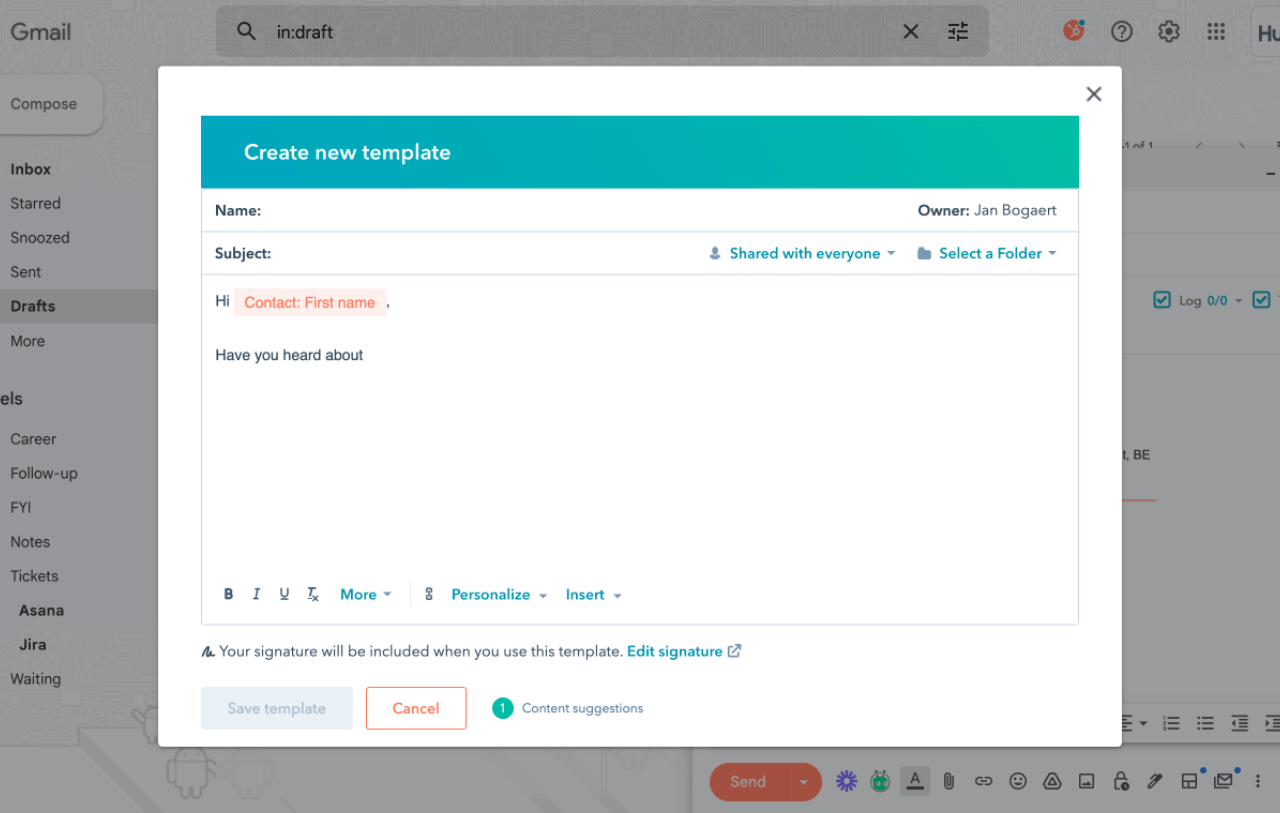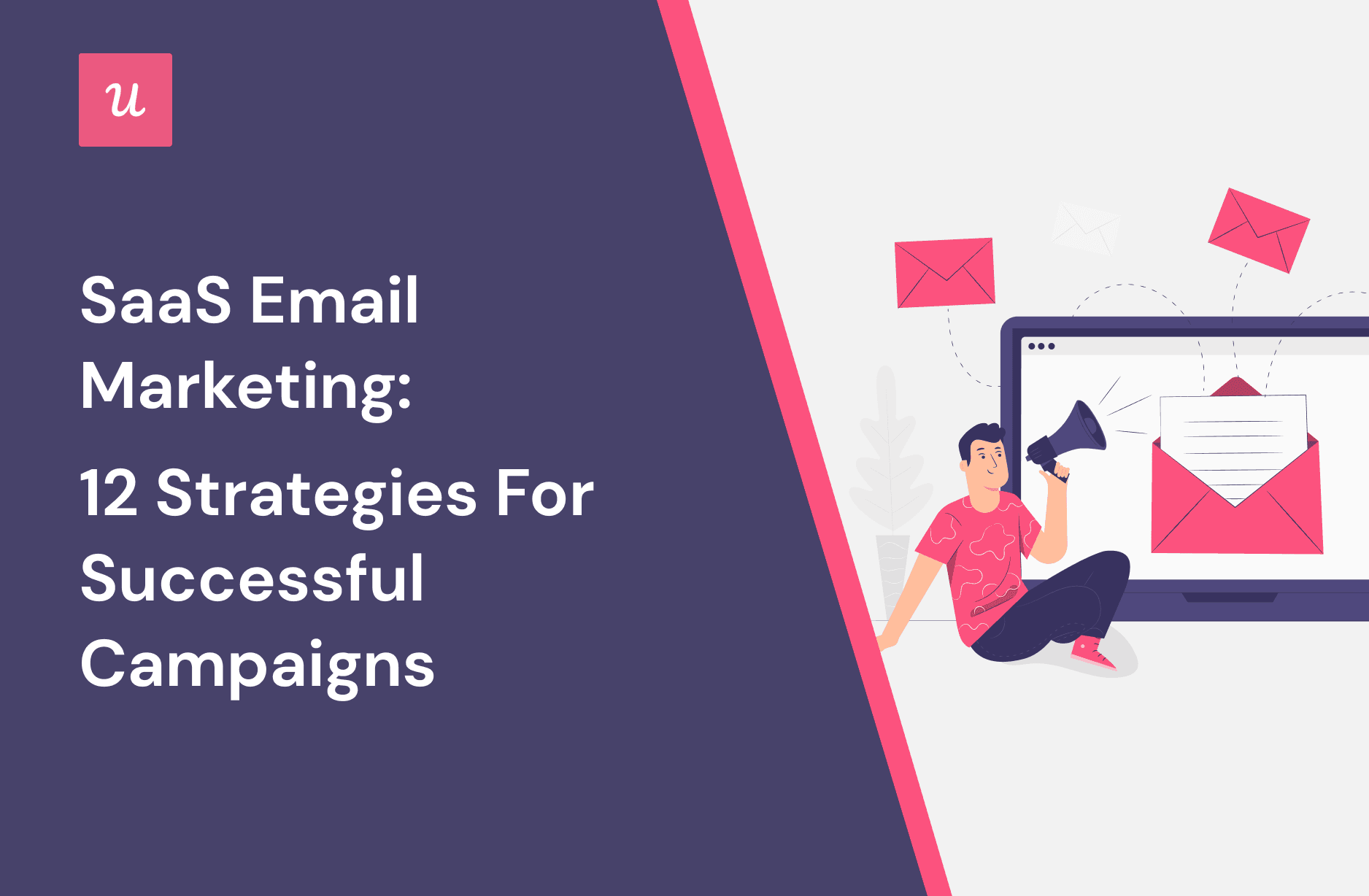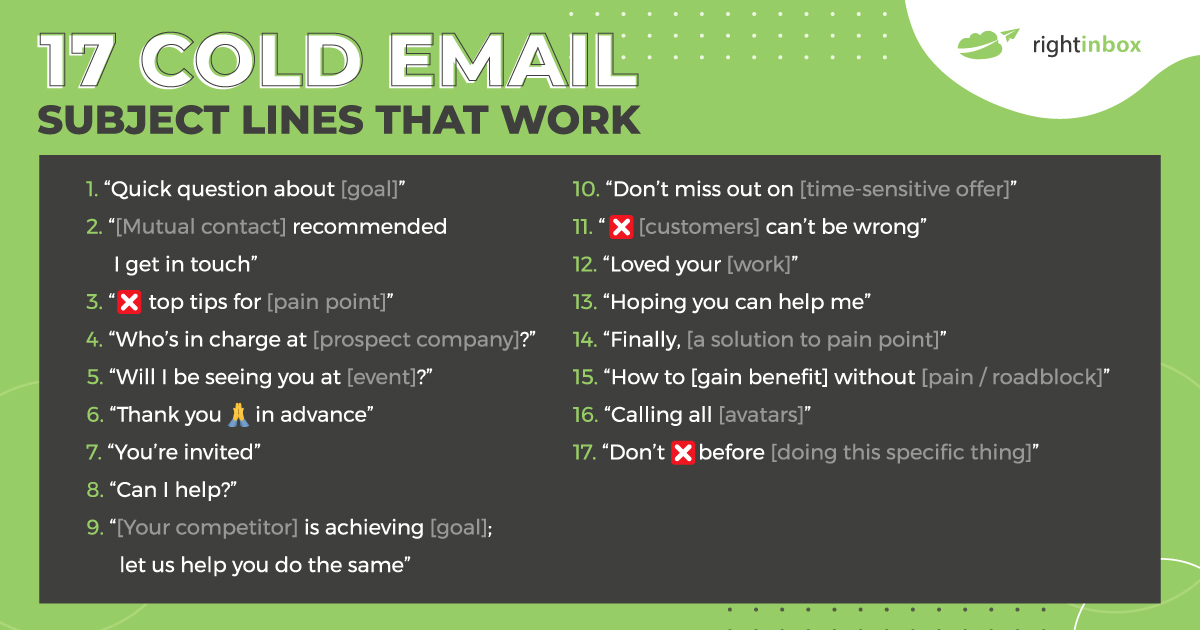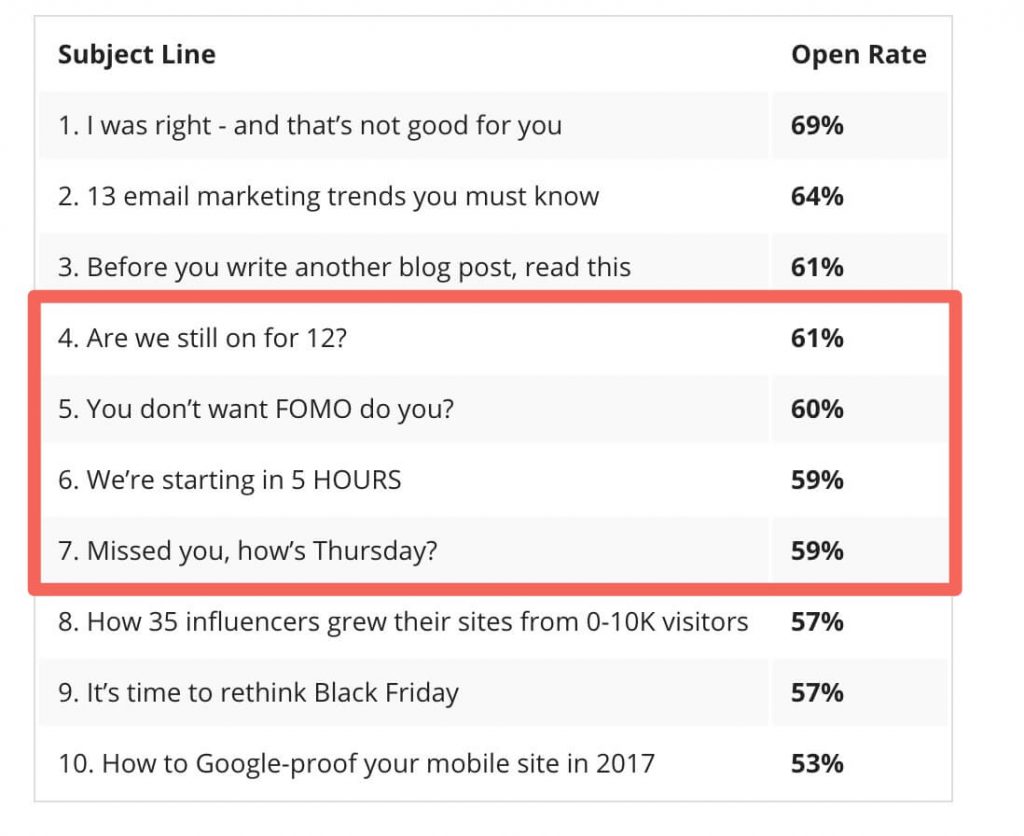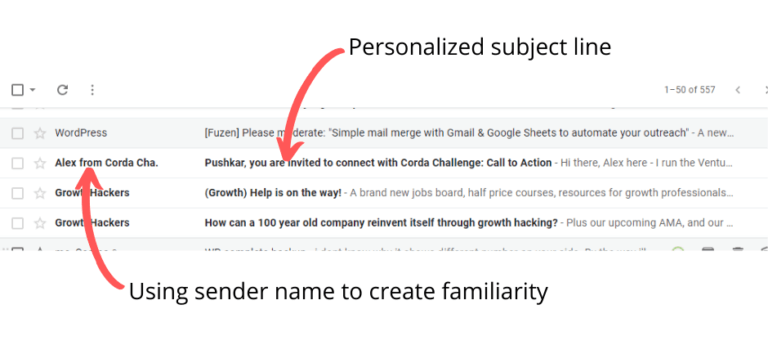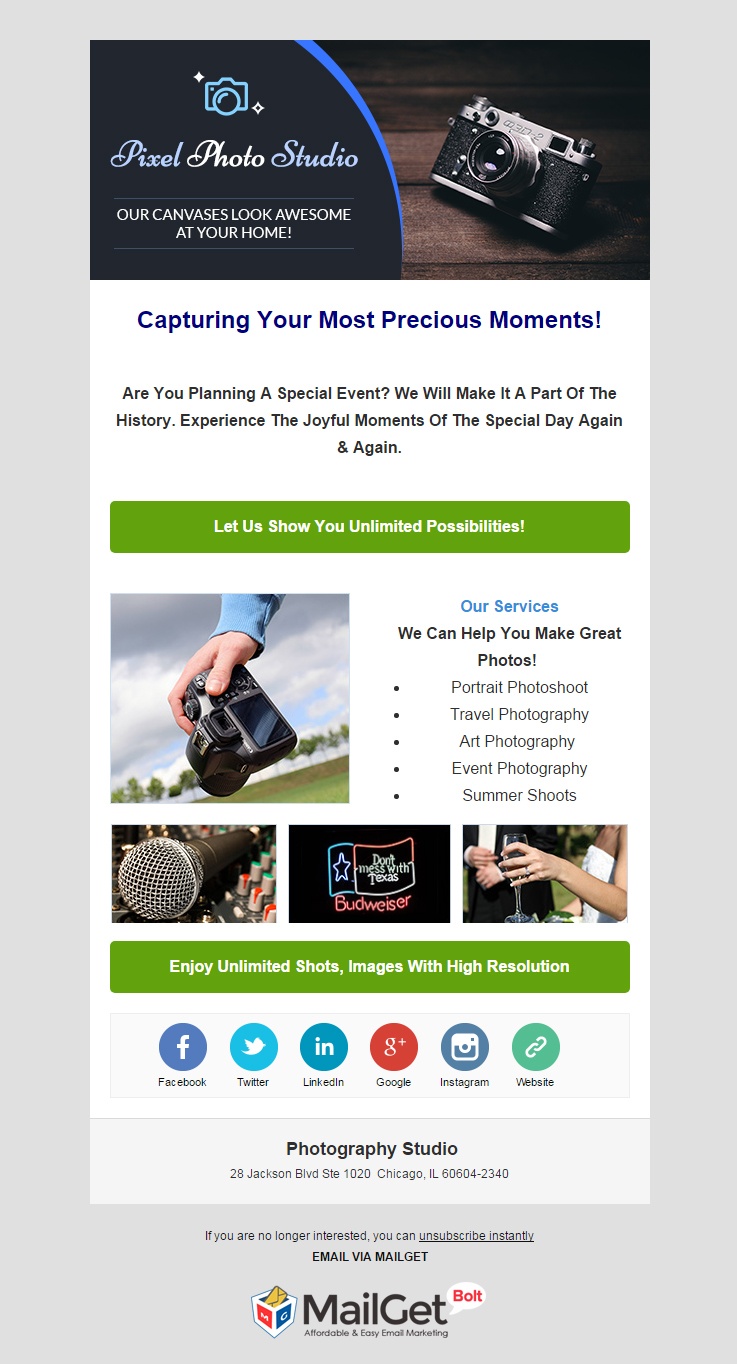Introduction
Marketing automation SaaS streamlines marketing tasks using software. It improves efficiency, tracks campaigns, and nurtures leads effectively.
Marketing automation SaaS revolutionizes how businesses handle their marketing efforts. These platforms automate repetitive tasks like email marketing, social media posting, and ad management. This allows marketers to focus on strategy and creativity. It also offers robust analytics, helping businesses make data-driven decisions.
By segmenting audiences and personalizing communication, marketing automation enhances customer engagement. This results in higher conversion rates and better ROI. Small businesses and large enterprises alike benefit from these tools. They save time, reduce errors, and ensure consistent messaging across all channels. Marketing automation SaaS is essential for modern, competitive businesses seeking growth.

Introduction To Marketing Automation Saas
Marketing Automation SaaS is a powerful tool for businesses. It helps streamline marketing tasks and processes. This software-as-a-service (SaaS) solution is essential for modern marketing. Let’s delve deeper into what Marketing Automation is and its importance in business growth.
What Is Marketing Automation?
Marketing Automation refers to using software to automate marketing activities. These activities include email campaigns, social media posting, and ad management. The goal is to save time and improve efficiency. Marketers can focus on strategy rather than repetitive tasks.
Marketing Automation tools can track customer behavior. They provide insights into what works and what doesn’t. This data-driven approach helps in making better decisions.
- Automated Email Campaigns
- Social Media Scheduling
- Lead Nurturing
- Analytics and Reporting
Importance In Business Growth
Marketing Automation plays a vital role in business growth. It helps businesses reach their audience more effectively. Here are some key benefits:
Benefit Description Increased Efficiency Automates repetitive tasks, saving time for strategic planning. Better Targeting Allows for personalized marketing campaigns. Improved ROI Optimizes marketing spend and increases returns. Data-Driven Decisions Provides valuable insights through analytics and reporting.
Increased efficiency means more time for creative strategies. Better targeting leads to higher conversion rates. Improved ROI is a direct result of optimized marketing spend. Data-driven decisions ensure that marketing efforts are on point.
In summary, Marketing Automation SaaS is a game-changer. It brings efficiency, precision, and growth to businesses of all sizes.
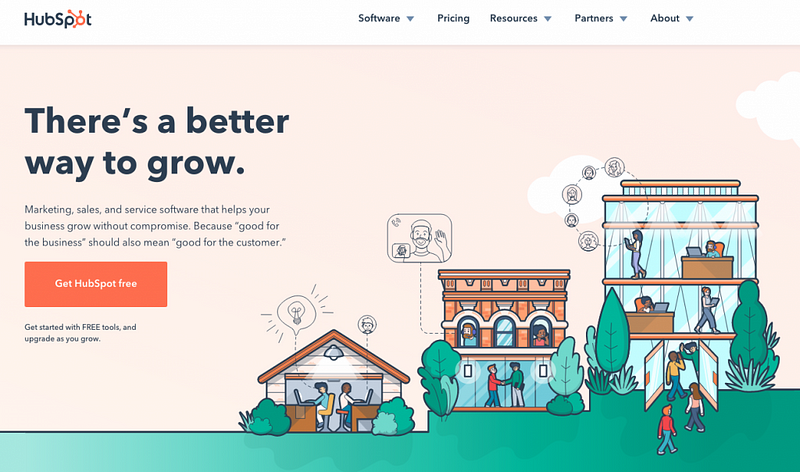
Credit: getuplead.com
Core Features Of Marketing Automation Saas
Core Features of Marketing Automation SaaS
Marketing Automation SaaS helps businesses streamline their marketing tasks. It includes tools for email campaigns, lead scoring, and customer segmentation.
Email Campaigns
Email campaigns are a core feature of Marketing Automation SaaS. They help you send personalized emails to your audience. You can schedule emails and track their performance. This ensures your messages reach the right people at the right time.
- Personalization: Tailor emails for each recipient.
- Scheduling: Send emails at optimal times.
- Tracking: Monitor open and click rates.
Lead Scoring
Lead scoring helps you identify the most promising leads. It assigns scores based on user actions. This feature helps prioritize leads and focus on high-potential customers.
Action Score Opening an email 5 points Clicking a link 10 points Filling a form 20 points
Customer Segmentation
Customer segmentation divides your audience into smaller groups. It helps send targeted messages to each group. This leads to better engagement and higher conversion rates.
- Demographic Segmentation: Age, gender, income.
- Behavioral Segmentation: Purchase history, website activity.
- Geographic Segmentation: Location, region, country.
Benefits For Small And Medium Businesses
Marketing Automation SaaS offers numerous advantages for small and medium businesses. These tools streamline marketing tasks, making them more efficient and effective. Below are key benefits that SMBs can gain from marketing automation.
Cost Efficiency
Marketing automation helps businesses save money. It reduces the need for a large marketing team. A small team can handle more tasks with automation.
Automation tools can manage email campaigns, social media posts, and lead generation. This reduces the cost of hiring extra staff.
Here’s a quick table to show cost savings:
Task Manual Cost Automated Cost Email Campaigns $1,000/month $200/month Social Media Management $800/month $150/month Lead Generation $1,200/month $300/month
Scalability
Marketing automation scales with your business. As your business grows, your marketing needs increase. Automation tools grow with you.
You can add more email campaigns without adding more work. The same applies to social media and other tasks.
Consider these points:
- Start small and expand easily.
- Handle more tasks as your business grows.
- No need to hire more employees.
Improved Customer Engagement
Automation tools help engage customers better. You can send personalized messages to customers. This makes customers feel valued.
Here are some benefits:
- Send targeted emails based on customer behavior.
- Schedule social media posts for better engagement.
- Track customer interactions and respond quickly.
Engaged customers are more likely to buy. They also tell others about your business.
In summary, marketing automation SaaS helps small and medium businesses. It saves money, scales easily, and improves customer engagement.
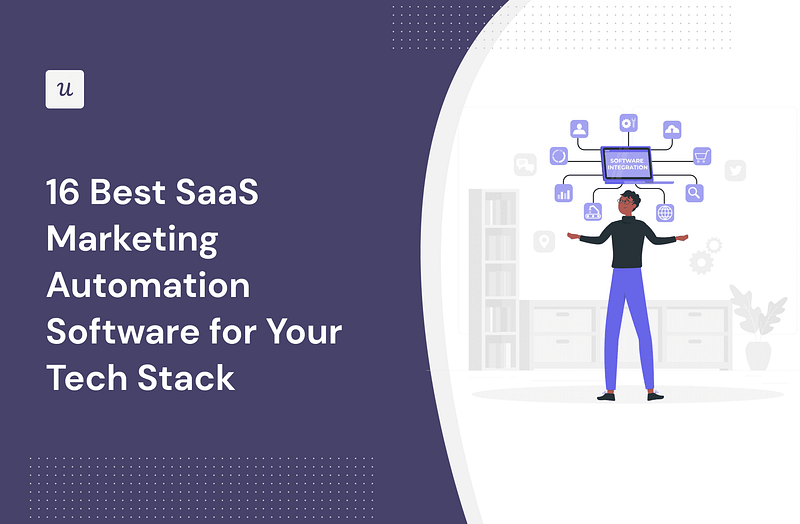
Credit: userpilot.com
Top Marketing Automation Tools
Top Marketing Automation Tools
Marketing automation tools help businesses to streamline their marketing tasks. They save time and improve efficiency. Here are some of the top tools that can transform your marketing strategy.
Hubspot
HubSpot is a popular marketing automation tool. It offers a variety of features that can help your business grow. Some of the key features include:
- Email Marketing
- Social Media Management
- Lead Nurturing
- Analytics and Reporting
HubSpot has an easy-to-use interface. It integrates well with other software. This makes it a favorite among marketers.
Marketo
Marketo is known for its powerful marketing automation capabilities. It is suitable for both small and large businesses. Key features include:
- Lead Management
- Email Marketing
- Customer Engagement
- Analytics and Reporting
Marketo offers advanced tools for personalization. It helps you to create targeted marketing campaigns. This can lead to higher engagement and conversions.
Pardot
Pardot is a marketing automation tool by Salesforce. It is best for B2B marketing. Some of the key features include:
- Email Marketing
- Lead Scoring
- ROI Reporting
- CRM Integration
Pardot helps you to track and measure your marketing efforts. It provides detailed reports that can help you to make informed decisions.
Tool Key Features Best For HubSpot Email Marketing, Social Media Management, Lead Nurturing, Analytics All Business Sizes Marketo Lead Management, Email Marketing, Customer Engagement, Analytics All Business Sizes Pardot Email Marketing, Lead Scoring, ROI Reporting, CRM Integration B2B Marketing
Implementing Marketing Automation
Implementing marketing automation can transform your business. It can save time and increase efficiency. This section will guide you through the process. You will learn to choose the right tool and integrate it with existing systems.
Choosing The Right Tool
Choosing the right marketing automation tool is crucial. Identify your needs and set clear goals. Consider tools that offer the features you need. Here are some key points to consider:
- Ease of Use: The tool should be user-friendly.
- Scalability: Ensure it can grow with your business.
- Pricing: Compare the cost with the value it offers.
- Customer Support: Good support can solve issues quickly.
Here is a table comparing popular tools:
Tool Ease of Use Features Price Tool A High Comprehensive $$ Tool B Medium Basic $ Tool C Low Advanced $$$
Integration With Existing Systems
Integrating your new tool with existing systems is vital. It ensures a seamless workflow. Follow these steps for smooth integration:
- Assess Compatibility: Check if the tool works with your current systems.
- Data Migration: Ensure data can be transferred easily.
- Test Integration: Run tests to check for issues.
- Training: Train your team to use the new tool effectively.
Integration may involve working with APIs. Below is an example code snippet for API integration:
fetch('https://api.marketingtool.com/data', {
method: 'POST',
headers: {
'Content-Type': 'application/json',
'Authorization': 'Bearer YOUR_API_KEY'
},
body: JSON.stringify({ key: 'value' })
})
.then(response => response.json())
.then(data => console.log(data))
.catch(error => console.error('Error:', error));By following these steps, you can effectively implement marketing automation. It will enhance your marketing efforts and drive growth.
Measuring Success With Marketing Automation
Measuring success with Marketing Automation is crucial for businesses. It helps determine the effectiveness of their campaigns. By leveraging data, companies can make informed decisions. This ensures better results and optimized marketing strategies.
Key Performance Indicators
Key Performance Indicators (KPIs) are essential for tracking success. They provide measurable values to gauge performance. Here are some important KPIs for Marketing Automation:
- Conversion Rate: The percentage of visitors who take a desired action.
- Click-Through Rate (CTR): The ratio of users who click on a specific link.
- Return on Investment (ROI): The profit generated from marketing activities.
- Lead Generation: The number of new leads captured.
- Customer Retention Rate: The percentage of customers who return.
Analyzing Campaign Data
Analyzing campaign data is vital to understand performance. This helps in identifying what works and what doesn’t. Here’s how you can analyze your campaign data effectively:
- Collect data from various marketing channels.
- Use tools like Google Analytics for detailed insights.
- Compare data against your set KPIs.
- Identify trends and patterns in the data.
- Adjust your strategies based on the analysis.
A table can help summarize the key metrics:
Metric Description Goal Conversion Rate The percentage of visitors converting. 10% Click-Through Rate (CTR) The ratio of clicks to impressions. 5% ROI The return from marketing investments. 200% Lead Generation New leads captured. 100 leads/month Customer Retention Rate Customers who return. 80%
Common Challenges And Solutions
Marketing Automation SaaS platforms offer numerous benefits. But they come with unique challenges. Addressing these challenges helps businesses maximize their automation tools. Below are common challenges and their solutions.
Data Management Issues
Data management issues can severely impact automation efficiency. Incorrect data leads to ineffective marketing campaigns. Businesses face problems with data accuracy and consistency.
- Data Integration: Integrate all data sources into one platform. This reduces inconsistencies.
- Data Cleaning: Regularly clean your data. Remove duplicates and errors.
- Data Security: Use encryption and access controls. Protect sensitive information.
Investing in a robust data management system is crucial. It ensures high-quality data. This results in effective marketing strategies.
User Training And Adoption
User training and adoption are common challenges. Employees may resist new tools. Effective training increases adoption rates.
- Comprehensive Training Programs: Offer detailed training sessions. Use step-by-step guides.
- User-Friendly Interfaces: Choose a platform with a simple interface. This reduces the learning curve.
- Ongoing Support: Provide continuous support. Address user concerns quickly.
Creating a culture of continuous learning helps. Encourage employees to embrace new technology. This leads to better utilization of the platform.
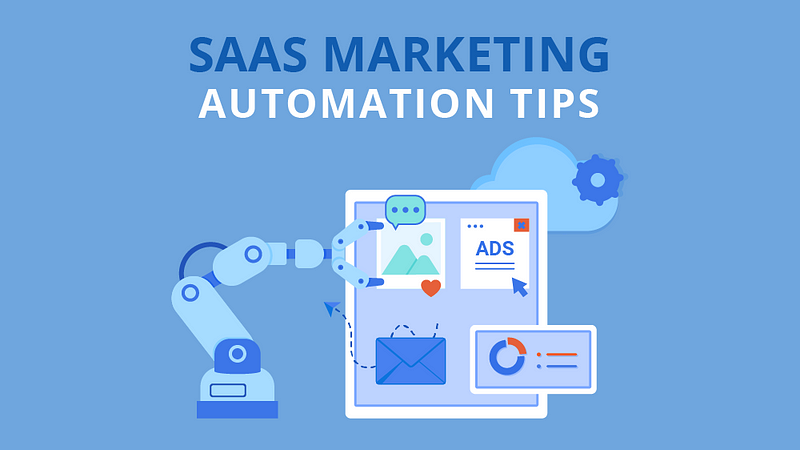
Credit: crunch-marketing.com
Future Trends In Marketing Automation
Future Trends in Marketing Automation
Marketing Automation SaaS is evolving rapidly. Companies are leveraging new technologies to enhance their strategies. Below, we explore some key trends shaping the future of marketing automation.
Ai And Machine Learning
AI and Machine Learning are transforming marketing automation. These technologies enable smarter decision-making and better customer insights.
- Predictive Analytics: AI can predict customer behavior accurately.
- Chatbots: Machine learning powers intelligent chatbots for better customer service.
- Content Recommendations: AI suggests content tailored to user preferences.
Personalization At Scale
Personalization at Scale is another critical trend. Brands are focusing on delivering personalized experiences to millions of users.
- Dynamic Content: Personalize emails and web pages based on user data.
- Behavioral Targeting: Target users based on their interactions and preferences.
- Automated Campaigns: Run complex marketing campaigns with minimal manual effort.
Trend Benefits AI and Machine Learning Improved decision-making, better customer insights Personalization at Scale Enhanced user experience, higher engagement
Frequently Asked Questions
What Is Marketing Automation Saas?
Marketing automation SaaS is cloud-based software that automates marketing tasks. It helps streamline workflows, manage campaigns, and analyze data.
How Does Marketing Automation Improve Efficiency?
Marketing automation improves efficiency by automating repetitive tasks. It saves time, reduces errors, and allows focus on strategic activities.
What Features Does Marketing Automation Saas Offer?
Marketing automation SaaS offers features like email campaigns, lead nurturing, CRM integration, and analytics. It enhances marketing strategies effectively.
Why Choose Saas For Marketing Automation?
Choosing SaaS for marketing automation offers scalability, cost-effectiveness, and ease of use. It ensures quick updates and remote accessibility.
Conclusion
Marketing automation SaaS streamlines processes and boosts efficiency. Businesses save time and resources while enhancing customer engagement. Adopting this technology can lead to higher ROI and growth. Stay competitive by integrating marketing automation into your strategy. Embrace the future of marketing and watch your business thrive.



